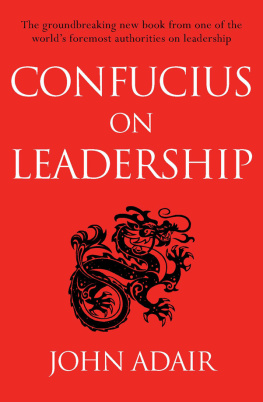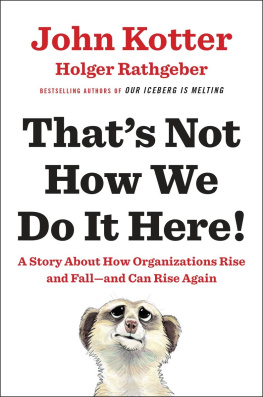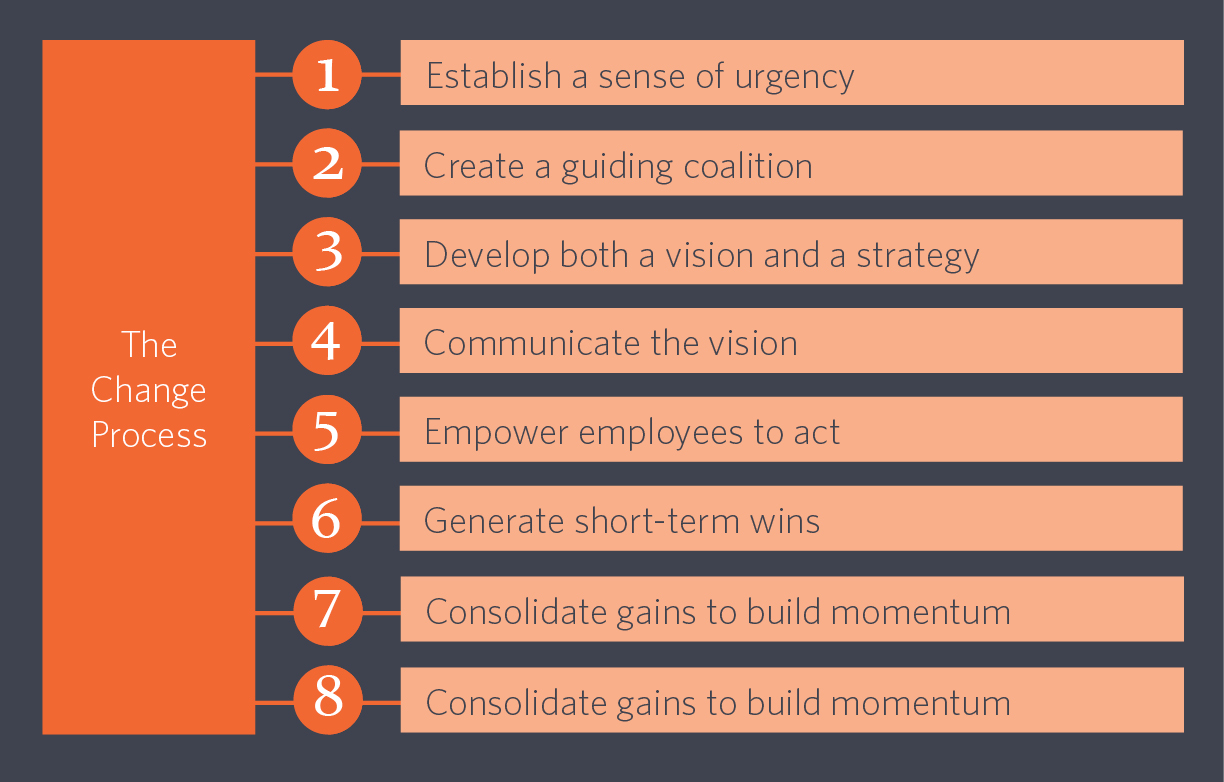
The Need For Business Leaders
In the real world, most attempts to change business organizations for the better fail because:
- There is so much inertia to overcome it usually cant be achieved in a single step.
- High-quality leadership is required rather than management, even if the management is excellent.
Therefore, first and foremost, changing an organization requires leaders who understand and execute the business change process.
Quite frequently, the line of distinction between business managers and business leaders becomes blurred. Often, the two terms are used interchangeably suggesting they are variations on a single theme. That belief, however, is entirly misplaced and inaccurate. Business managers and business leaders serve altogether different roles.
Business managers:
- Like to get involved in detailed planning and budgeting, with precise timetables, finely calculated resource allocation schedules and job descriptions.
- Feel most comfortable if a structure is established where staff have specific responsibilities and authorities, and the appropriate policies and procedures are in place.
- Attack problems with a high degree of planning and organization.
- Focus on generating the short-term results customers andstockholders expect.
By contrast, business leaders:
- Develop an alluring vision of the future and then flesh out the various strategies by which that vision can be realized.
- Communicate their vision to everyone whose cooperation will be needed.
- Influence the creation of the teams and coalitions needed to realize the vision.
- Motivate and inspire the people involved to overcome the barriers and hurdles they face.
- Focus on creating dramatic and useful change for the better.
Almost everyone makes the mistake of thinking they can manage change within a business organization when in practice leading change is far more important. Or to put that another way, a change process driven by managers will usually fail. Significant and lasting changes usually only occur when they are driven by business leaders.
This is a major issue because most companies and universities are geared to producing business managers rather than leaders. Managers are highly adept in the areas of organizing, staffing, planning, budgeting, controlling and problem solving. These are all worthwhile and valuable skills in the context of keeping a business running smoothly. However, building a business from the ground up the real work of a business leader takes an entirely different set of skills.
Ironically, this current emphasis on management skills rather than leadership is actually a flow-on effect from past successes. The cycle which many organizations tend to follow goes like this:
As a result, the organization has a prevailing culture which naturally resists change, and managers who have never been taught how to create business change. This combination is lethal to the future well being of the entire organization.
Managing change is important. Without competent management, the transformation process can get out of control. But for most organizations, the much bigger challenge is leading change. Only leadership can blast through the many sources of corporate inertia. Only leadership can motivate the actions needed to alter behavior in any significant way. Only leadership can get change to stick by anchoring it in the very culture of an organization.
John Kotter
The solution to the change problem is not one larger-than-life individual who charms thousands into being obedient followers. Modern organizations are far too complex to be transformed by a single giant. Many people need to help with the leadership task, not by attempting to imitate the likes of Winston Churchill or Martin Luther King Jr., but by modestly assisting with the leadership agenda in their spheres of activity.
John Kotter
The change problem inside organizations would become less worrisome if the business environment would soon stabilize or at least slow down. But most credible evidence suggests the opposite: that the rate of environmental movement will increase and that the pressures on organizations to transform themselves will grow over the next few decades. If thats the case, the only rational solution is to learn more about what creates successful change and to pass that knowledge on to increasingly larger groups of people. Most of us still have plenty to learn about what works, what doesnt, what is the natural sequence of events, and where even very capable people have difficulties. The driving force behind the process is leadership, leadership, leadership.
John Kotter

The Process For Creating Effective Business Changes
The steps involved in producing successful and lasting change of any magnitude within a business organization are:
Note that the sequence shown is also important. In effect:
- Steps 1 - 4 break down the status quo.
- Steps 5 - 7 introduce the new practices.
- Step 8 makes the changes stick.
Although it is possible to be working on several of the steps simultaneously, if any of the steps are skipped altogether, problems may arise during the later stages of the business change. Its important to build a strong and durable base if the inbuilt inertia which naturally exists is to be overcome.
Taking each of the steps in turn:
1. Establish a sense of urgency
Unless a business leader can build a sense of urgency, its unlikely any of the influential people within the organization will be interested in helping. In short, urgency will deliver power and credibility to a change project.
In any organization, there is always a degree of complacency, which can be defined as pressure to maintain the status quo. The most common sources of complacency are:
- No high profile threat to the business is obvious.
- The organization already has loads of resources.
- The internal standards by which managers measure their performance is set arbitrarily low.
- Most people within the organization focus on their personal functional tasks rather than the broad business performance in other words, nobody feels responsible.
- Internal planning and control systems exist which focus on irrelevant parameters rather than critical factors.
- An absence of real world feedback from external sources like customers, stockholders or suppliers.
- A kill-the-bearer-of-bad-news corporate culture.
- A preference for denying bad news combined with a willingness to ignore anything that looks like it might create more work.
- Senior managers who are unconcerned about the future and who lull others into a false sense of security.
If complacency is the enemy of an effective change program, how do you amlify the urgency level? This usually requires bold and perhaps controversial actions:
- Create a highly visible crisis allow a financial loss to occur, avoid a last minute correction to an error and let the natural consequences become apparent, delay responding to the actions of a close competitor.















 The Need For Business Leaders
The Need For Business Leaders
 The Process For Creating Effective Business Changes
The Process For Creating Effective Business Changes